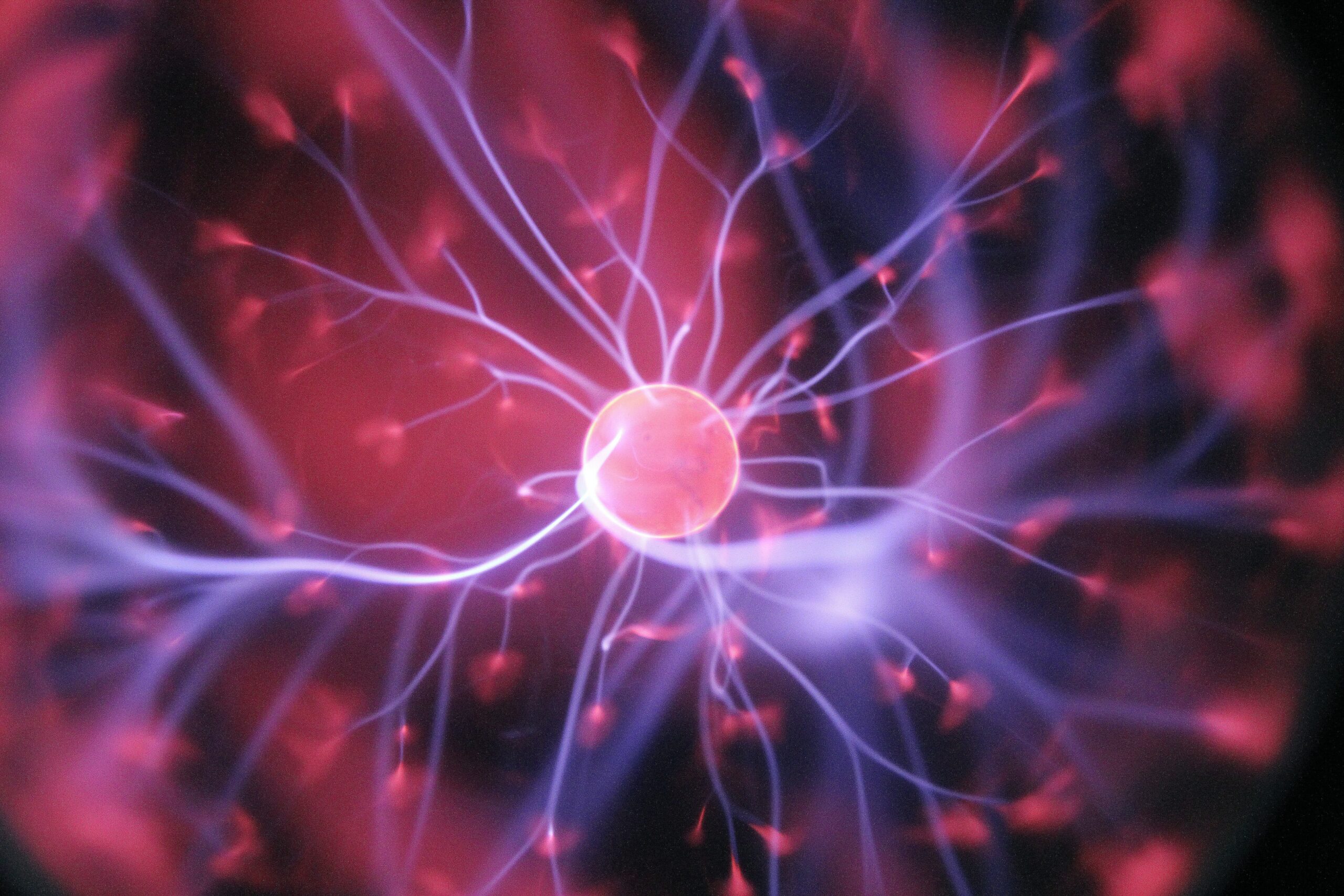INTRODUCTION:
Retinal stimulation should be considered as a possible treatment for brain injury. Recent research has demonstrated that activating the retina – in particular, the peripheral retina – can influence inputs to the brain in ways that may be useful in rehabilitation. The specific treatment involves designing non-traditional eyeglasses that intentionally alter signaling pathways, rather than simply sharpening central eyesight. These often overlooked peripheral retinal pathways are activated or inhibited by feedback mechanisms linked with internal body systems, such as metabolism and attention. Changes in peripheral retinal stimulation can affect internal perception and can occur at conscious, or beneath conscious, processing levels.
Traumatic brain injury often disrupts retinal circuitry, because the retina is an extension of brain tissue. This disruption can trigger innate protective mechanisms, some of which can include alteration of peripheral retinal sensitivity. Patients’ ability to integrate various sensory, motor, cognitive and emotional pathways is often impaired after both focal and diffuse brain injuries, causing a wide range of symptoms. For instance, after a stroke or concussion, patients may have difficulty making accurate judgments in space and time, misjudging object location and/or speed. Current rehabilitative methods could easily be augmented by the use of selective retinal stimulation to take into account the interactions between external sensory inputs and internal processing.
The mechanism underlying this approach lies in the retinal activity that occurs before signals are transmitted to the midbrain, brainstem, limbic system and cortex. The eye’s linkage with sounds is concurrently involved in feedback and feedforward signaling pathways from both internal and external sources. Studies that demonstrated correlations between retinal function and auditory stimuli [1] paved the way for research on retinal plasticity. Although it was thought that the visual cortex changed in deaf people to meet increased visual demands of watching sign language, recent research discovered changes at the actual peripheral retinal level [2]. The concept of the retinal cells being plastic caters toward unique internal processing in each patient. Interaction between a person and their external environment can become confusing if incoming sensory information is mismatched, e.g., if the ears are receiving a signal that is not properly linked with visual input. Treatment of brain injury can be more individualized by implementing visual/auditory integration activities during visual rehabilitation.
The organization of this chapter is as follows. Relationships between the eye and internal systems are analyzed in Section 2, retinal processing is simplified in Section 3, visual/auditory connections in are discussed in Section 4 and examples of the usage of visual/auditory interactions in diagnosis and treatment are considered in Section 5. Conclusion, Acknowledgements and References follow.

